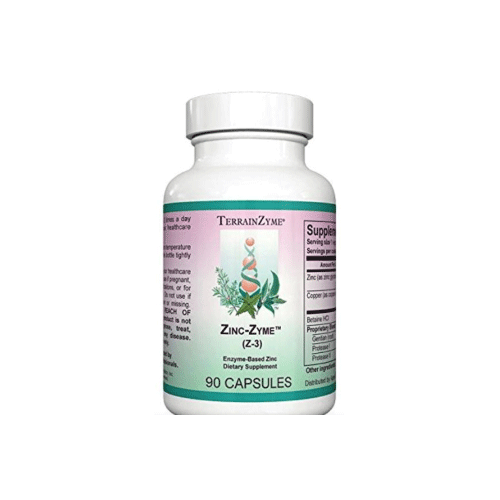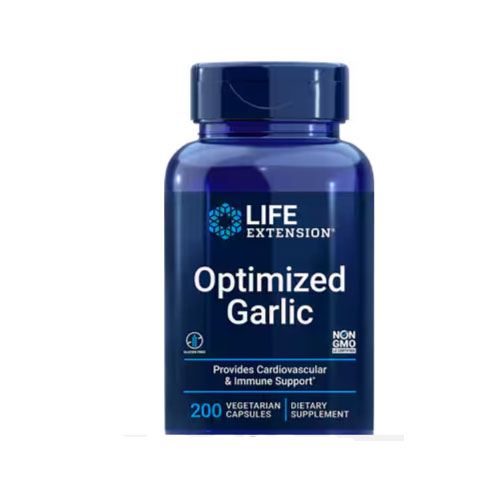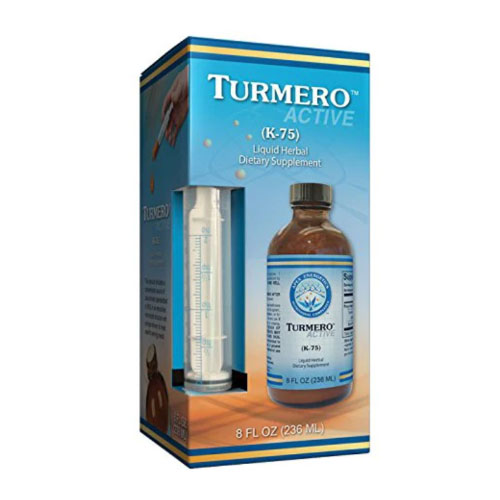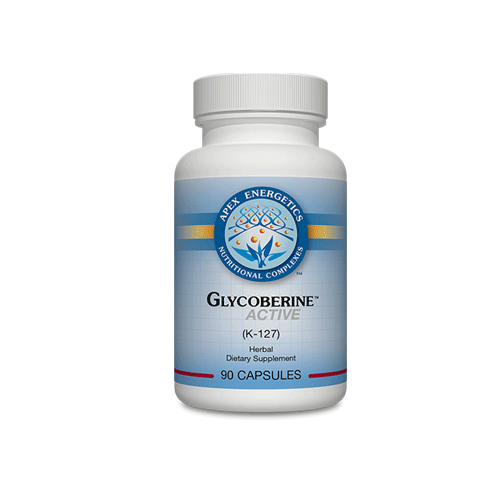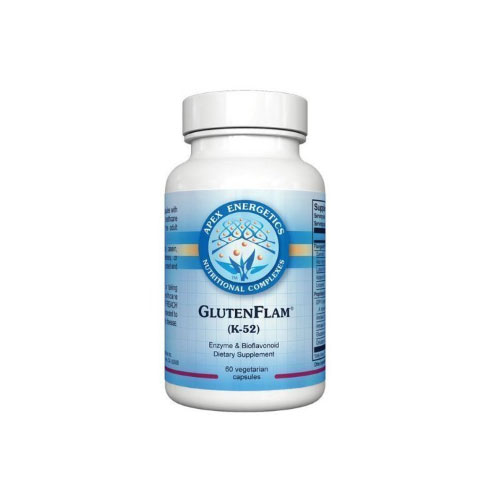
“Teddy,” a portly, long-time patient, called on a Saturday, in a panic during an ice storm needing to be seen for a “urinary infection.”
“I’m running every hour the past two weeks,” he said.
“Haven’t slept a lick.” I thought about calling something in until he let the hammer fall.
“Lost about 30 pounds,” he said.
Uh-oh. I didn’t need any fancy lab tests to tell me Teddy’s problem. “Meet me at the office,” I said.
Braving Northeast Pennsylvania’s balmy 5-degree tropical paradise, I skidded into the driveway two shakes behind Teddy. He squeezed his legs together and hopped from side to side.
“Hurry, doc. I gotta go.”
I barely had the door open when Teddy roared past me, in full sprint to the bathroom. A long 2 minutes later – pale and shaking – he reappeared.
“Got any soda?” he asked. “I can’t get enough to drink. And I ain’t seeing so good either. My eyes are out of kilter.”
You paramedics in training out there, if you don’t know what these symptoms represent, find another line of work.
“Sugar diabetes,” I said.
That’s Wyoming Valley, Pennsylvania talk for diabetes. His finger stick blood sugar read 812 mg/dL. (Normal glucose is 65 to 99 mg/dL when fasting, never more than 140 mg/dL 1 hour after a meal.)
“I gots sweet blood, don’t I doc?” he asked.
You know you’re from Northeast Pennsylvania when you label diabetes mellitus as “sweet blood.”
“ ’fraid so,” I replied.
The American Diabetes Association boldly states, “diabetes is a chronic, progressive, lifelong disorder. There is no cure for diabetes.”1
As Teddy’s weight went from 172 pounds to 226 pounds, and his blood pressure went from a normal 110/60 to 142/88, I often told him this day was coming. Watch what you eat. Take a walk at night. Teddy’s answer?
“Ah, if I get sick, give me some pills.”
In the world of diabetes, and elevated blood pressure and cholesterol problems for that matter, it doesn’t work that way.
So-called “normal” fasting blood sugar is 65 to 99 mg/dL. The goal at the Clearfield Medical Clinic is less than 84 fasting. Every point over 84 on a fasting blood sugar, patients carry a 4 percent risk of developing diabetes.2 If Teddy’s fasting glucose is 98 – “normal” – he has a 56 percent risk of full-blown diabetes and, incidentally, a 40 percent increased risk of cardiovascular disease within 5 years.3
Teddy not only has diabetes, he suffers from the Cadillac of all diabetic diseases, metabolic syndrome or syndrome X. Associated with coronary artery disease, increased incidence of breast cancer in women, hypertension, stroke and memory loss, syndrome X is one Teddy must avoid at all costs.4-5
Diabetics suffer from Alzheimer’s disease at a rate of 50 to 100 percent greater than their normoglycemic counterparts.6-7 Glucose at the high end of normal (65 to 99 mg/dL fasting) results in brain shrinkage. High postprandial glucose increases a patient’s risk for dementia, renal failure, retinal tears and vascular occlusions.8
Diabetes is a dreaded condition that causes premature aging, diminished eyesight, numb hands and feet, and wounds that don’t heal. Down the road, fingers, toes and whole limbs become necrotic and are amputated. Heart attacks, strokes, and early death are also risks. Adding to this ultimate of insults, Teddy’s yearly medical expense will jump an average of $13,700 per year.9 Teddy’s specialists agree that while he may be able to delay some of its effects, ultimately, there is little Teddy can do change the course of his disease.
It seems common sense then to keep blood sugars between 75 and 85 at all times – finger-stick-testing every 3 hours and administering insulin to control “excess glucose.” That worked out poorly also. Patients suffered significantly more, rather than less, morbidity and mortality.10
Diagnosis includes a fasting blood sugar of less than 100 and a blood test called hemoglobin A1c (HbA1c), which gives a picture of the average amount of glucose in the blood over the last 2 to 3 months. A “normal” HbA1c is 4 to 5.6 percent corresponding to serum glucose of 115. An HbA1c between 5.7 6.4 percent is considered “pre-diabetes” and anything over 6.5 percent is defined as frank diabetes. The goal of a diagnosed diabetic is less than 7 percent. This translates to a glucose level of 152.11
The goal of Teddy’s blood pressure is less than 140 and less than 90. His LDL (bad cholesterol) should be less than 100.
The ADA guidelines state “patients with type 2 diabetes should be treated with a statin whether their initial LDL cholesterol level is elevated or not.12
Lifestyle modifications, including diet, exercise and weight management occupy eight pages (out of 142) of the ADA’s 2016 Standards of Care manual. Even within those eight pages, the take-home message is that medication should never be withheld to allow lifestyle changes to occur.13 The hallmark of American medicine, prescription drugs, are the cornerstone of what is considered “adequate care.” Teddy’s doctor must prescribe Metformin or be labeled as a medical heretic. Diet, lifestyle changes? “You can try them. They don’t work.”14 So, we docs prescribe medications including 15-16
- Biguanides: Metformin lowers glucose by decreasing the amount of glucose produced by the liver and by making muscle tissue more sensitive to insulin. A side effect may be diarrhea but is improved when taken with food.
- Sulfonylureas: Chlorpropamide (Diabinese), Glipizide (Glucotrol and Glucotrol XL), Glyburide (Micronase, Glynase, and DiaBeta) and Glimepiride (Amaryl) stimulate the pancreas to release insulin. Take 1 to 2 times per day before meals.
- Meglitinides: Also stimulate beta cells to release insulin. Short-acting. Use with meals. Repaglinide (Prandin) and Nateglinide (Starlix) are meglitinides.
- Thiazolidinediones: Rosiglitazone(Avandia) and Pioglitazone( Actos) help insulin work better in the muscle and fat and reduce glucose production in the liver. May contribute to an increase in heart attacks and liver failure.
- DPP-4 Inhibitors: Sitagliptin (Januvia), Saxagliptin (Onglyza), Linagliptin (Tradjenta) and Alogliptin (Nesina) are DPP-4 inhibitors. They improve A1c without causing hypoglycemia. Unlike previously mentioned moral medications, DPP-4 inhibitors do not tend to cause weight gain and have neutral-to-positive effects on cholesterol levels.
- SGLT2 Inhibitors: Canagliflozin (Invokana) and Dapagliflozin (Farxiga) work in the kidney to block the reabsorption of glucose, causing excess glucose to be eliminated in the urine. Side effects include urinary tract and yeast infections.
- Alpha-Glucosidase Inhibitors: Acarbose (Precose) and Miglitol (Glyset) help the body to lower blood glucose levels by blocking the breakdown of starches such as bread, potatoes, and pasta in the intestine. They also slow the breakdown of some sugars, such as table sugar. Their action slows the rise in blood glucose levels after a meal. They should be taken with the first bite of a meal. Side effects include gas and diarrhea.
- Bile Acid Sequestrants: Colesevelam HCL (Welchol) is a cholesterol-lowering medication that reduces blood glucose levels in patients with diabetes. Not well absorbed into the bloodstream, Welchol is safe for use by patients with liver problems. Side effects include flatulence and constipation.
- Insulin Therapy: When oral medications fail, or in the case of Type I diabetes, we physicians prescribe insulin.
- Bariatric Surgery: Lastly, bariatric surgery may be considered for adults with BMI 35 kg/m2 and Type 2 diabetes, especially if diabetes or associated comorbidities are di cult to control with lifestyle and pharmacological therapy.17
Of course, 90 percent or more of the “conventional” therapies fail to correct the underlying cause of Type 2 diabetes, insulin resistance. Stay tuned for next month’s article, as we will examine a new way to assess diabetes risk, and we will look at ways of combating diabetes with the goal of restoring normal blood chemistries without medications. (Hint: It’s a four-letter word. Diet! Diet! Diet!)
For more information, call Clearfield Medical Clinic at 775-359-1222, visit our new website at www.DrClearfield.net or email at drbill@rejuvenatereno.com.
References
- Tirosh A1, Shai I, Tekes-Manova D, Israeli E, Pereg D, Shochat T, Kochba I, Rudich A; Israeli Diabetes Research Group, Normal fasting plasma glucose levels and type 2 diabetes in young men. N Engl J Med. 2005 Oct 6;353(14):1454-62.
- Bjornholt, J., et al., “Fasting blood glucose: an underestimated risk factor for cardiovascular death. Results from a 22-year follow-up of healthy nondiabetic men,” Diabetes Care 1999; 22(1):45-9.
- Arad, Y., et a., “Association of multiple risk factors and insulin resistance with increased prevalence of asymptomatic coronary artery disease by an electron-beam computed tomography study,” Arterioscler Thromb Vasc Biol 2001; 21(12):2051-58
- Faloon, W., et al., “Elevated glucose increases the incidence of breast cancer and brain shrinkage,” Life Extension Feb. 2013, p. 38-48.
- Biessels, G., et al., “Risk of dementia in diabetes mellitus: a systematic review,” Lancet Neurol 2006; 5(1):64-74.
- Burns, J., et al., “Peripheral insulin and brain structure in early Alzheimer disease,” Neurology 2007; 69(11):1094-04.
- Pan, W., et al., “Relationships of clinical diabetes and symptomatic hyperglycemia to the risk of coronary heart disease mortality in men and women,” Amer Jour Epidemiol 1986; 123(3):504-16.
- American Diabetes Association, http://www.diabetes.org/advocacy/news-events/cost-of-diabetes.html
- Gerstein HC, Miller ME, et al. Effects of intensive glucose lowering in type 2 diabetes. Action to Control Cardiovascular Risk in Diabetes Study Group, N Engl J Med. 2008;358:2545- 2559
- WebMD, Diabetes, Guidelines, http://www.webmd.com/diabetes/guide/glycated-hemoglobin-test-hba1c
- Colhoun HM, Betteridge DJ, Durrington PN, Hitman GA, Neil HA, Livingstone SJ, Thomason MJ, Mackness MI, Charlton-Menys V, Fuller JH.: Primary prevention of cardiovascular disease with atorvastatin in type 2 diabetes in the Collaborative Atorvastatin Diabetes Study (CARDS): a multicentre randomized placebo-controlled trial. Lancet 2004; 364: 685– 696
- http://care.diabetesjournals.org/content/suppl/2015/12/21/39.Supplement_1.DC2/2016-Standards-of-Care.pdf , S54.

